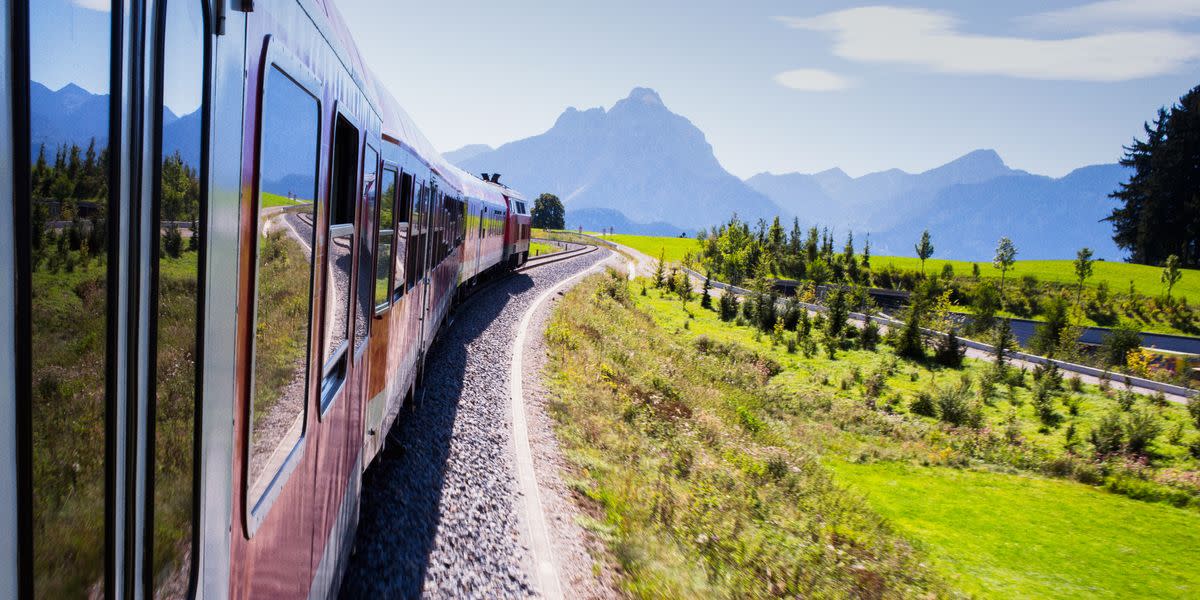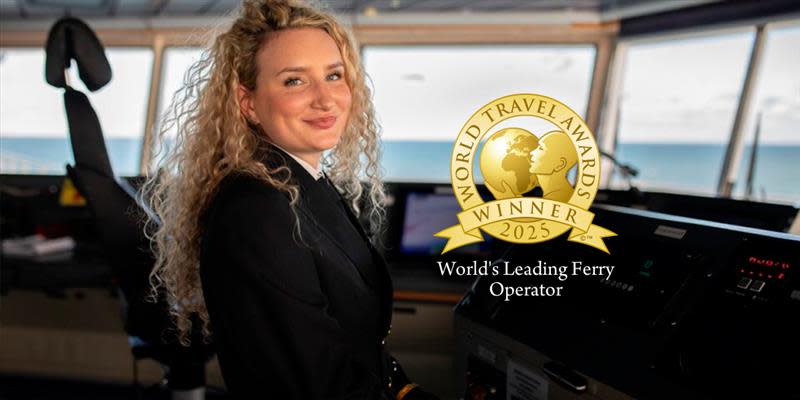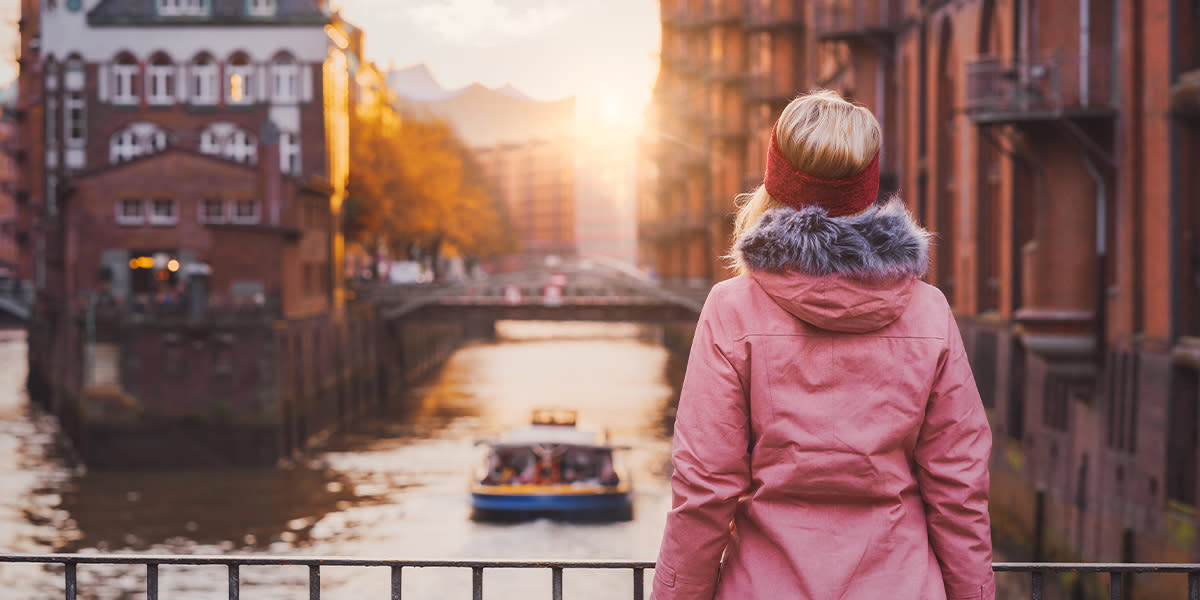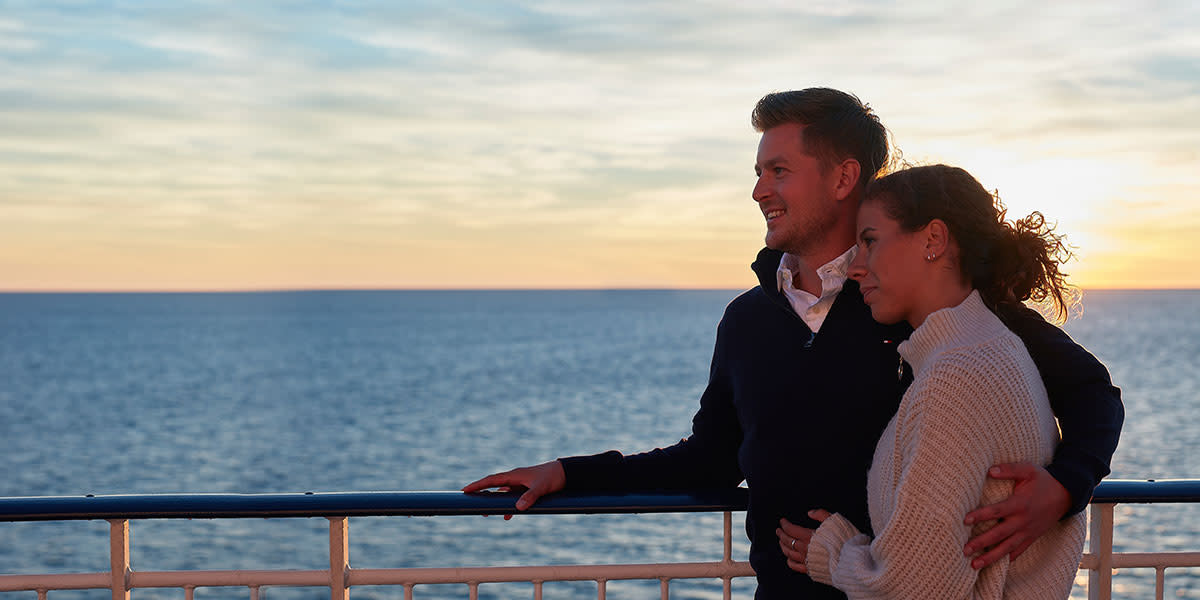
Visit Germany for 9 euros
The last month to see Germany for just 9 EUR: how to do it?
One ticket that is valid for all public transport, for a whole month, allows you to travel around a country of amazing beauty and costs only 9 euros? What sounds like the craziest idea is a reality in Germany all summer long. You don't need to be jealous - you need to take advantage of this opportunity. There were only a few weeks to do it - until August 31.
"The German government's decision to create such a "cushion" in the fight against inflation is great news for Germans, tourists, and even the environment. "Millions of people were able to visit places they would not normally have gone to, Germans recorded a decrease in traffic jams, and the significantly reduced price of train tickets also contributed to the control of inflation," says Neringa Sinkevičienė, head of marketing campaigns of ferry operator DFDS Seaways.
She notes that with Germany at the epicenter of this year's summer travel chaos at airports and car travel becoming more expensive due to fuel prices, people are increasingly interested in alternative ways to travel.
"Challenges really don't reduce people's desire to get to know foreign countries, they just maybe slightly adjust the ways to do it - both bicycles and public transport come to mind. Having doubted their resources of time and physical capabilities, people usually choose neighboring countries for such trips. However, if you are clever, for example, by taking a ferry to the port of Kiel, then you can explore even Germany by bicycle and public transport. And a ticket for a bicycle on the ferry is only 15 EUR, so it is convenient to travel with your own bicycle and save money", says N. Sinkevičienė.
What do you need to know about the EUR 9 ticket?
For just €9, anyone who buys this ticket can travel as many times as they want for the rest of the summer on almost all types of public transport throughout Germany. These include buses, U-Bahn, S-Bahn, trams and local and regional trains. Also included are certain ferry crossings in Berlin and Hamburg.
"It is important to note that the ticket is not valid for traveling in first class, as well as long-distance buses and trains (EC, IC, high-speed ICE). It is true that an exception has been made for one route: with a 9 euro ticket you can travel between Bremen and Norddeich-Mole station", N. Sinkevičienė notes.
The ticket is for one person only - it cannot be transferred to another person. Children under the age of 6 do not need it, because in Germany they travel on trains for free. Those who have already reached the age of 6 will also need a ticket.
The convenient thing is that you can buy the ticket anywhere in Germany and it will be valid throughout the country. For example, if you buy it in the city of Kiel, you can also use the provided transport for free when you go to Berlin.
Tickets are easy to buy at ticket offices, on the websites of Deutsche Bahn and other public transport companies. There is also a special smartphone app for buying these discounted tickets in Germany.
"This ticket is for local routes, but that doesn't mean they're all short." For example, the longest possible non-stop journey is from Rostock near Kiel to Elsterwerd, which is already near Dresden. However, the charm of this offer is that you can change from one train to another as many times as you want, so even though it is slower than with high-speed trains, you can explore the whole of Germany from the North Sea to the Alps", says N. Sinkevičienė.
And not even only Germany! Although the ticket is mainly for local transport, there are exceptions: it can take the Bavarian Regional Train (BRB) to nearby Salzburg and Kufstein in Austria, and there are also options to Switzerland, Poland, the Netherlands, Belgium.
DFDS recommends 3 ideas for an unforgettable train journey in Germany:
Along the sea coasts
Although Germany is not usually associated with sand and sea, the coasts of the North and Baltic Seas are in fact full of enchanting views and opportunities to tan. It is worth visiting not only Kiel itself, but also Bremerhafen and Kukshafen on the North Sea. Or go to the East and compare German Baltic Sea resorts with Lithuanian or Latvian ones, explore the amazing architecture of the old Hanseatic cities.
"You will not be deceived if you decide to reach the island of Rügen, which is called one of the most beautiful in Europe. Bright white chalk rocks from the shores shoot up into the sky, waves wash light and soft sand, and elegant resorts simply enchant with their wooden architecture," says N. Sinkevičienė.
It is worth using the opportunity to see the island of Zilt on the other side of the Jutland peninsula, which is extremely popular with the Germans and is even called the "Queen of the North Sea".
Industrial greatness
Most people associate summer with the beach, but those who want a different experience can head to the Ruhr land, famous for its industrial past. In it, most of the 20th century The large coal mines and steel mills that once operated have become an integral part of the landscape. Today, mining here is long gone, and the Ruhrgebiet has turned into an open-air museum.
The region, which is proud of its industrial heritage, has also created a special industrial route of the Ruhr area. As you travel along it, you will see the blast furnaces, gasification furnaces and wind towers that still shape the face of the Ruhr region to this day. A number of former industrial facilities are preserved as monuments, and the Zollverein industrial complex is even listed as a UNESCO World Heritage Site.
"Contrary to what it might seem, old factories do not have a depressing atmosphere, they are not simply places of gloomy memory. "They, for example, Duisburg's Landschaftspark, have long since turned into "living" industrial and cultural spaces and attractive event venues that attract tourists," the DFDS representative notes.
Hills covered with vineyards
If you are looking for a quiet trip, when you don't have to rush, and you want to clear your head from your worries while looking at the green hills between the rivers, it is worth traveling to the Rhineland-Palatinate. By the way, this is also the best region in Germany for wine lovers, because winemaking has existed there for more than 1000 years.
The most popular train route here is between Cologne and Koblenz, the two main cities on the Rhine. Less than an hour by train, this route stretches 80 km along the iconic river. A must-see is the picturesque Heidelberg, a university town famous for its baroque old town, beautiful river gorges and impressive hilltop castle.
And the best way to get to know the culture of this region is to travel by local trains around the towns on the famous German wine route, such as Bockenheim, Bad Dürkheim,
Neustadt and Landau. The Wine Route is the oldest of the special routes created in Germany and attracts nature and food lovers every year.
"When traveling by train between cities on the Rhine, make sure you try to get a window seat. This is one of the most scenic train journeys in Germany, and the wonderful landscape of the hilly region will be stuck for a lifetime", - recommends N. Sinkevičienė.
Our routes

Proudly named the World’s Leading Ferry Operator
We did it! We retained our titles as both Europe’s Leading Ferry Operator and the World’s Leading Ferry Operator again in 2025.
We were also once again recognised as having the best website in our industry – scooping both the European and World awards in 2025.
A heartfelt thank you to everyone who voted, and to our passengers, colleagues and partners who contribute to our continued success – we couldn’t do it without you all.



